April First Fools Day
- caricature /
- April First Fools Day
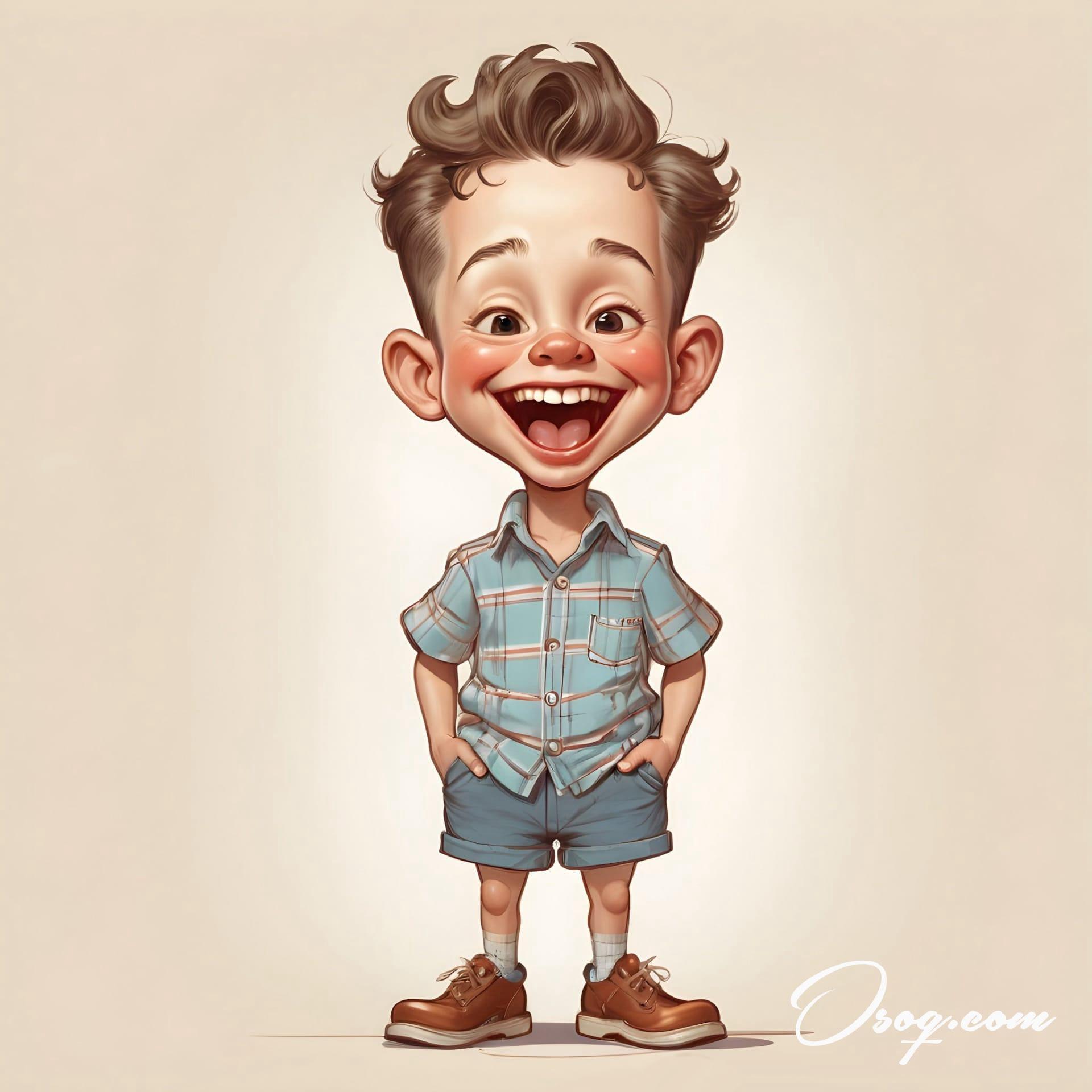
Did you know April First Fools Day is celebrated worldwide, but its origins are a bit of a mystery? People have been pranking each other on this day for centuries, with some of the earliest mentions dating back to the 1500s in Europe. It's a day when trickery is expected and laughter is the goal.
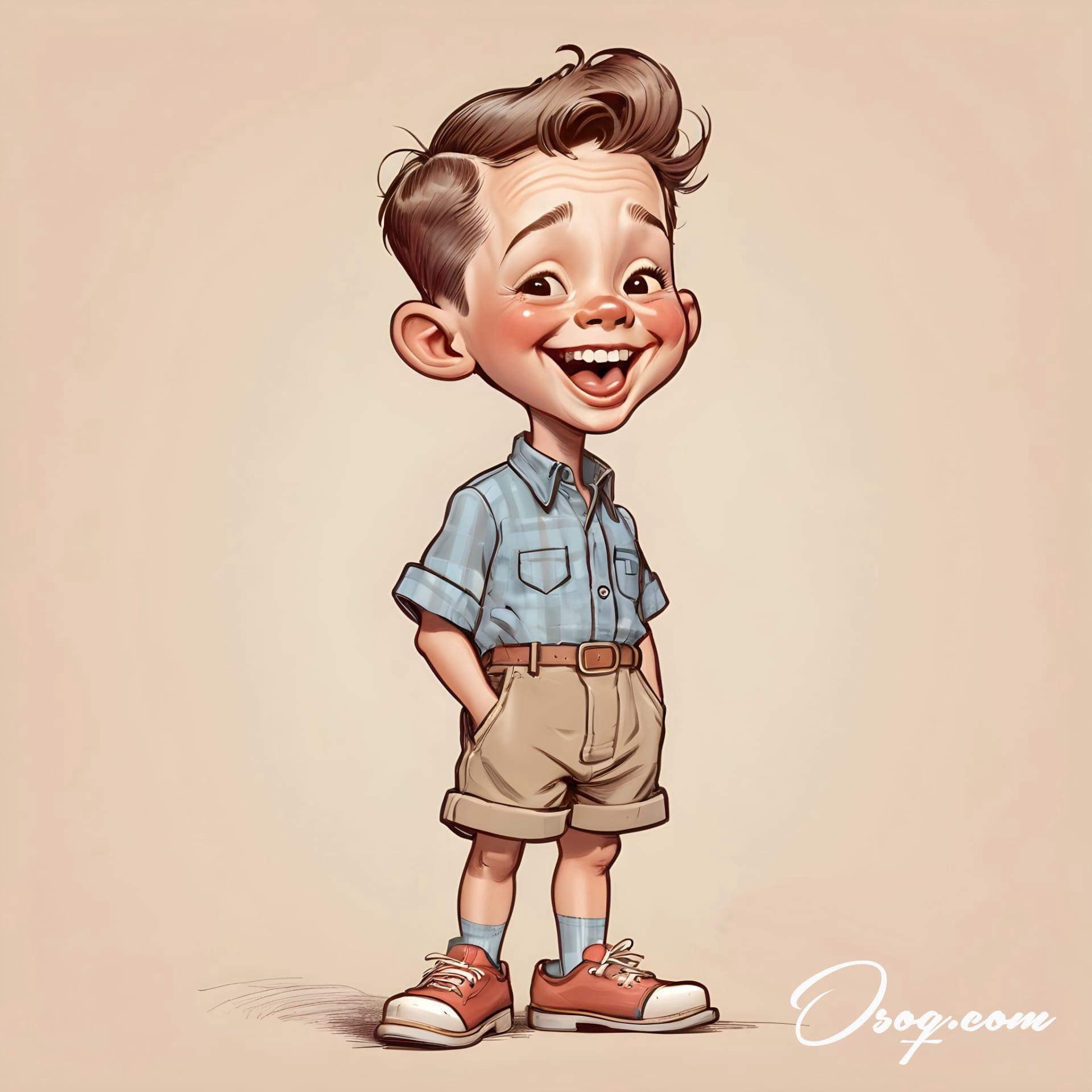
One of the earliest known pranks for April First involves the French. In the 16th century, when the New Year moved from April 1st to January 1st, those who still celebrated in April were called "April Fools." They would often receive fake party invites or be sent on "fool's errands."
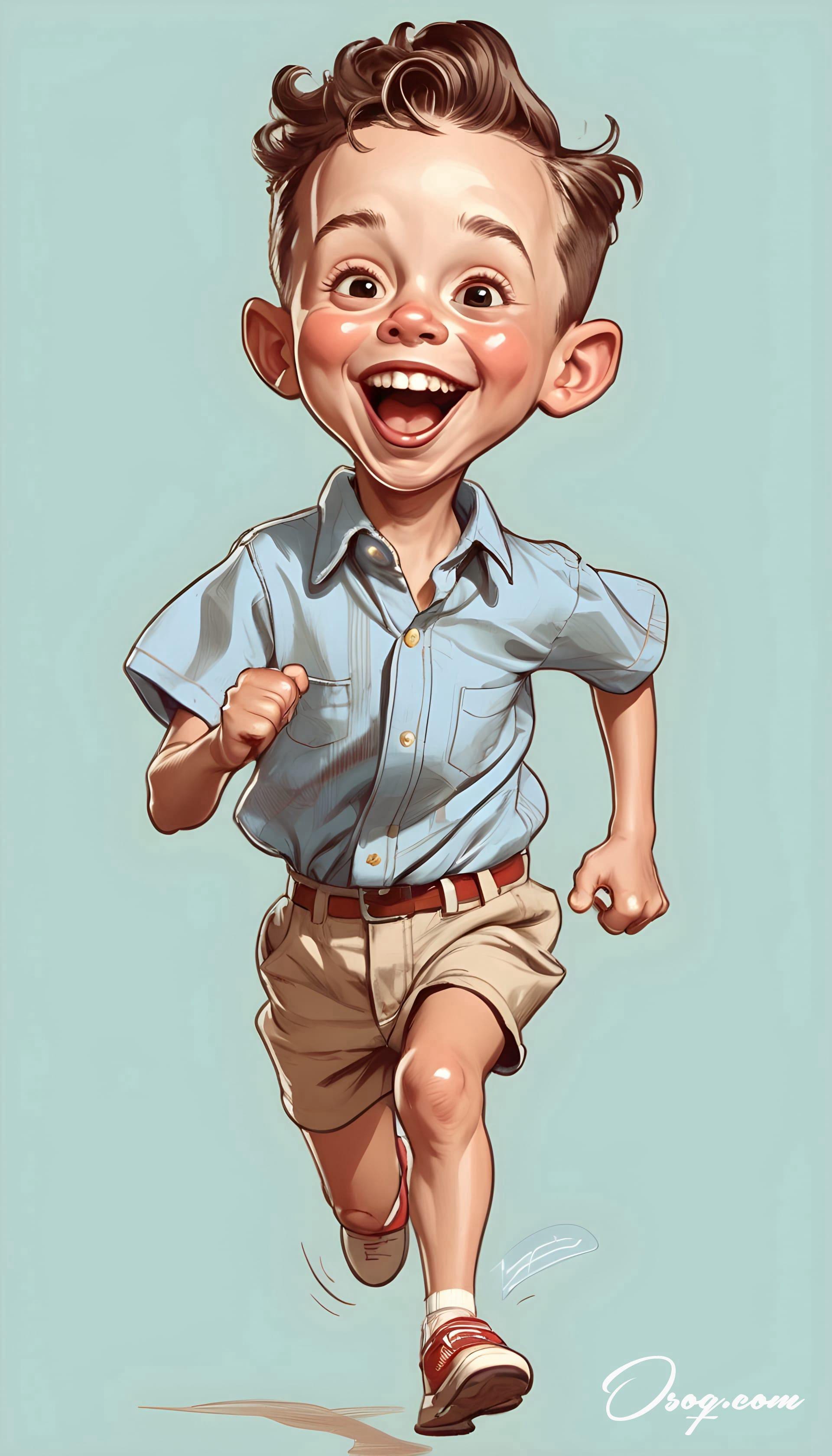
Art has always played a significant role in April First Fools Day celebrations. In the 18th century, elaborate hoax artworks were often created to trick the public. These ranged from paintings depicting impossible scenes to sculptures that seemed to defy the laws of physics.

Cartoonists and illustrators have a field day on April 1st, creating comic strips and magazine covers that feature absurd scenarios or imaginary creatures, delighting readers with their creativity and wit.
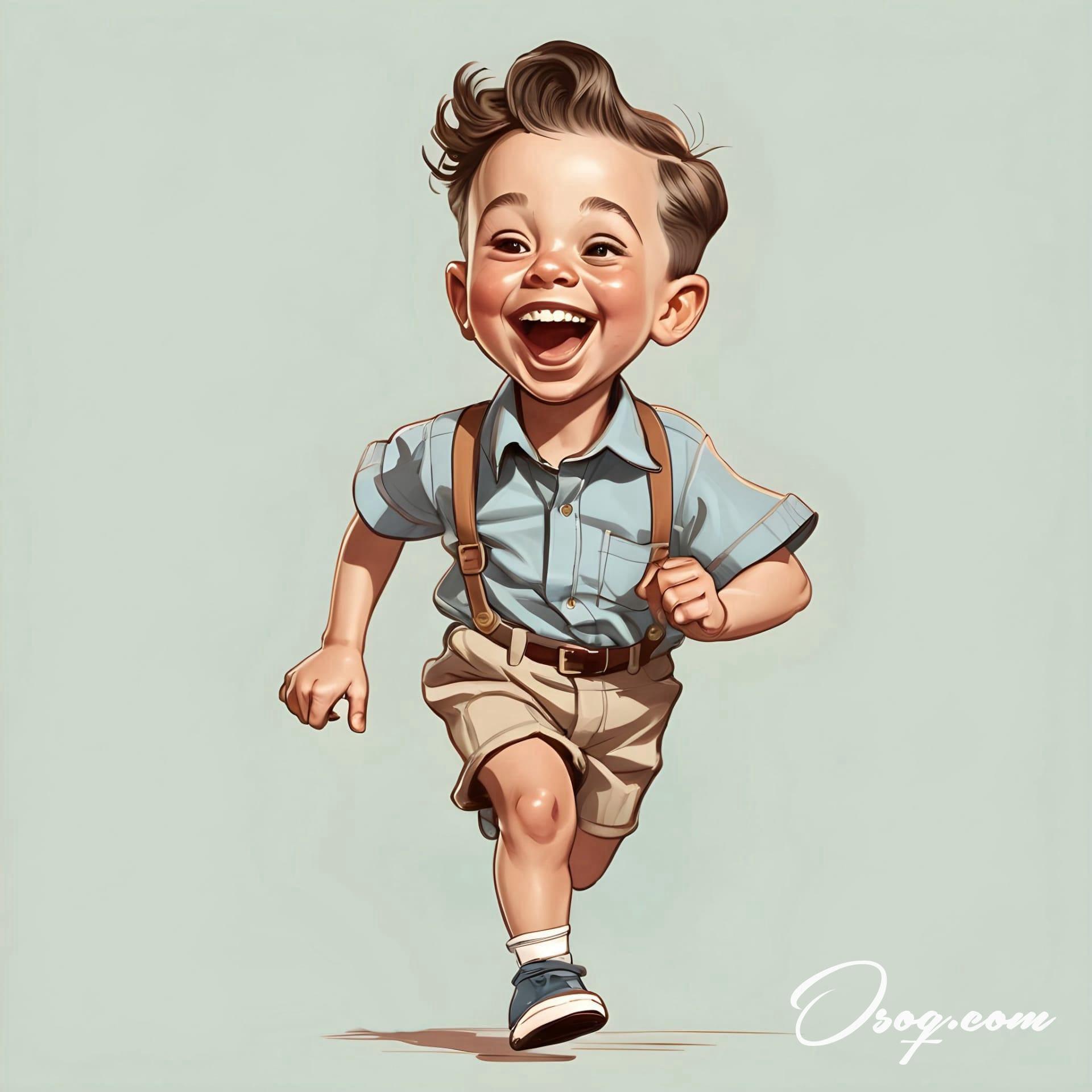
One famous April Fools' Day art hoax involved the British television show "Panorama" in 1957, which broadcast a report about spaghetti trees in Switzerland. Many viewers were fooled into believing spaghetti grew on trees, showcasing how even the most unbelievable stories can seem credible.
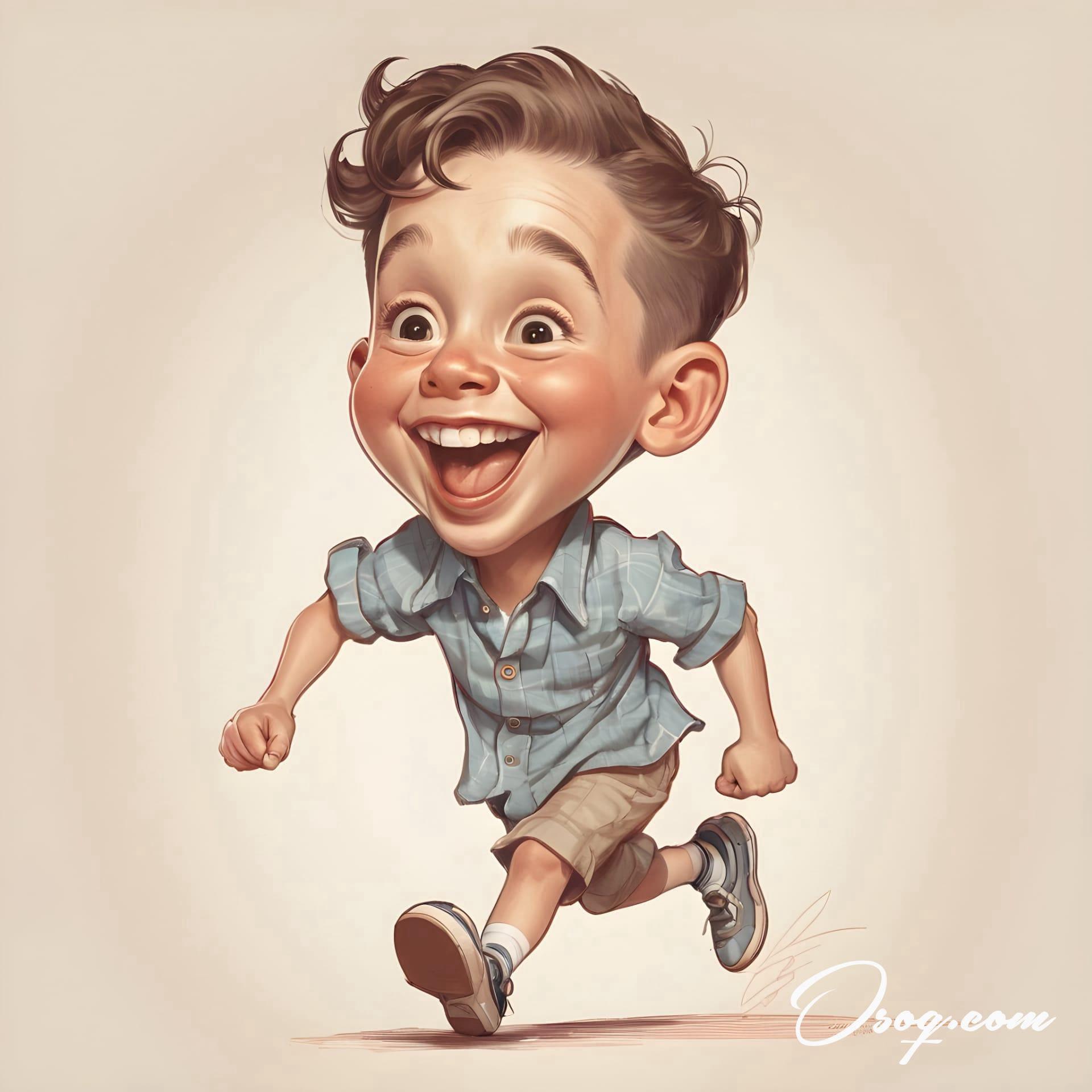
In the digital age, April First Fools Day pranks have evolved to include fake museum exhibitions that showcase "invisible art," where the rooms are empty but the audio guides describe the art in vivid detail.

Street artists also participate in the day by creating temporary graffiti or installations that appear overnight, often bringing smiles and confusion to those who encounter them the next morning.
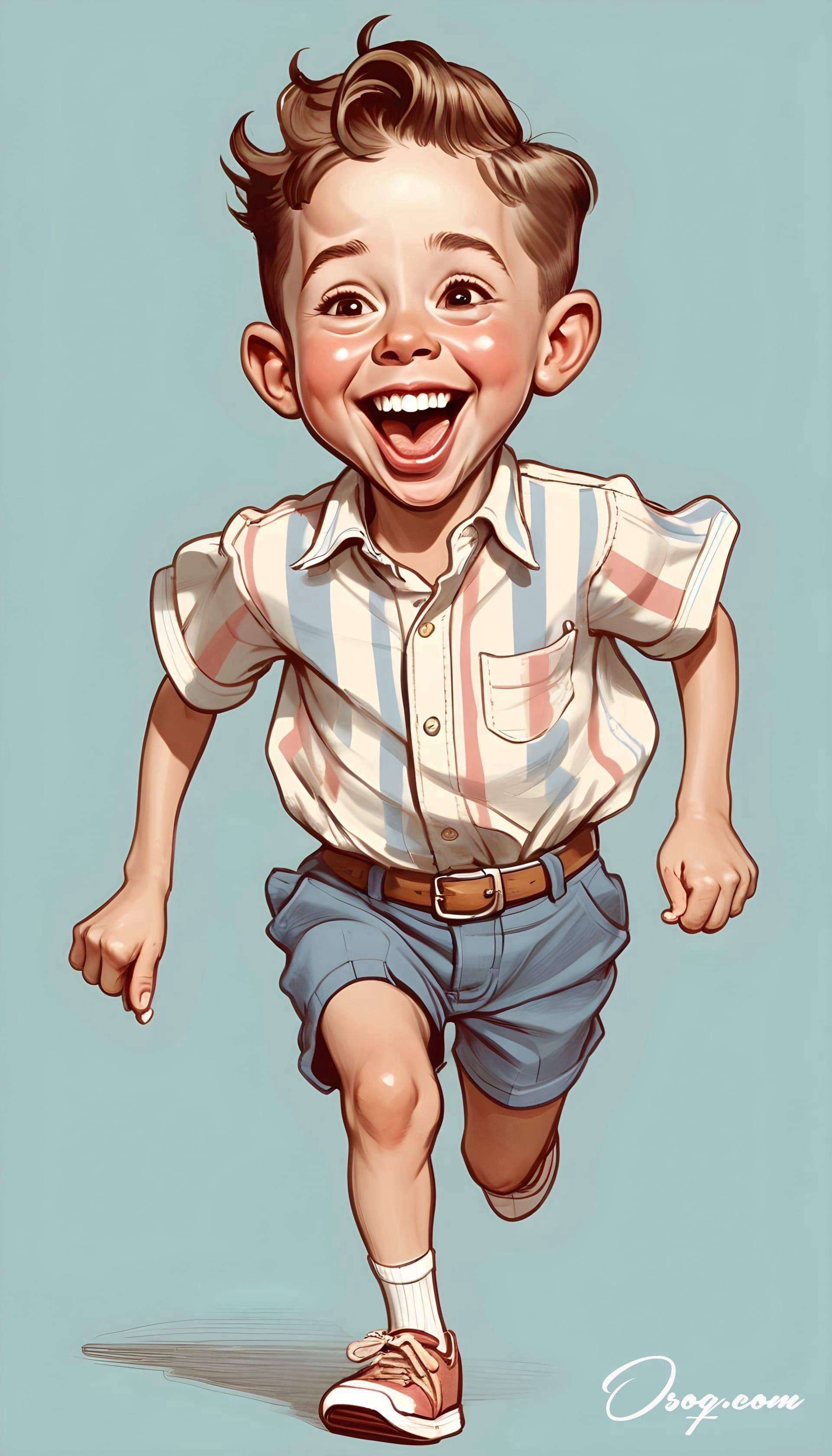
Social media has become a hotspot for April 1st pranks, with artists sharing fictional works and claiming they're moving in entirely new artistic directions, only to reveal the truth later.
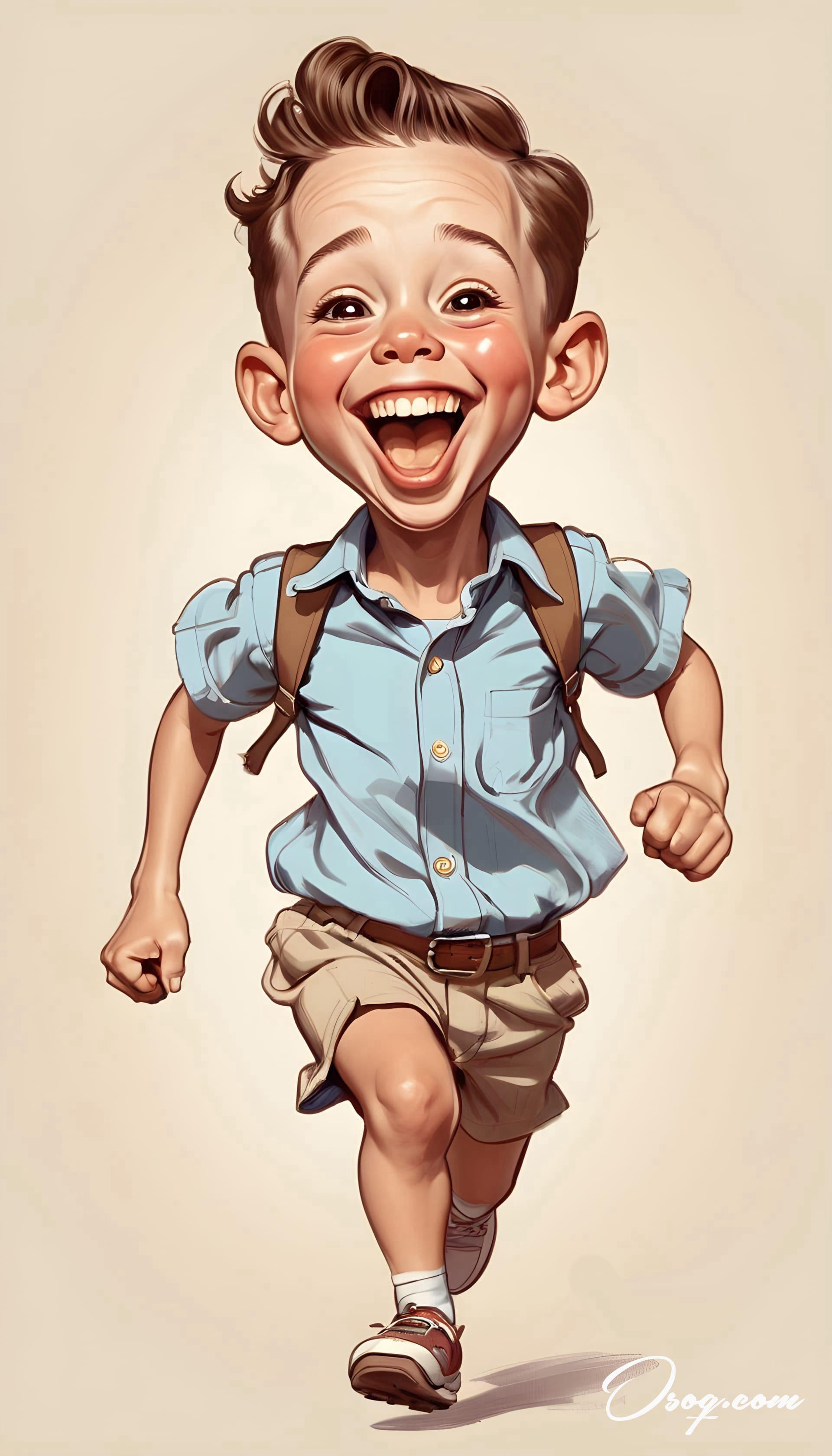
In some schools, art teachers encourage students to create "invisible" artwork on April First, asking them to present their pieces to the class and explain the intricate details of their non-existent creations.
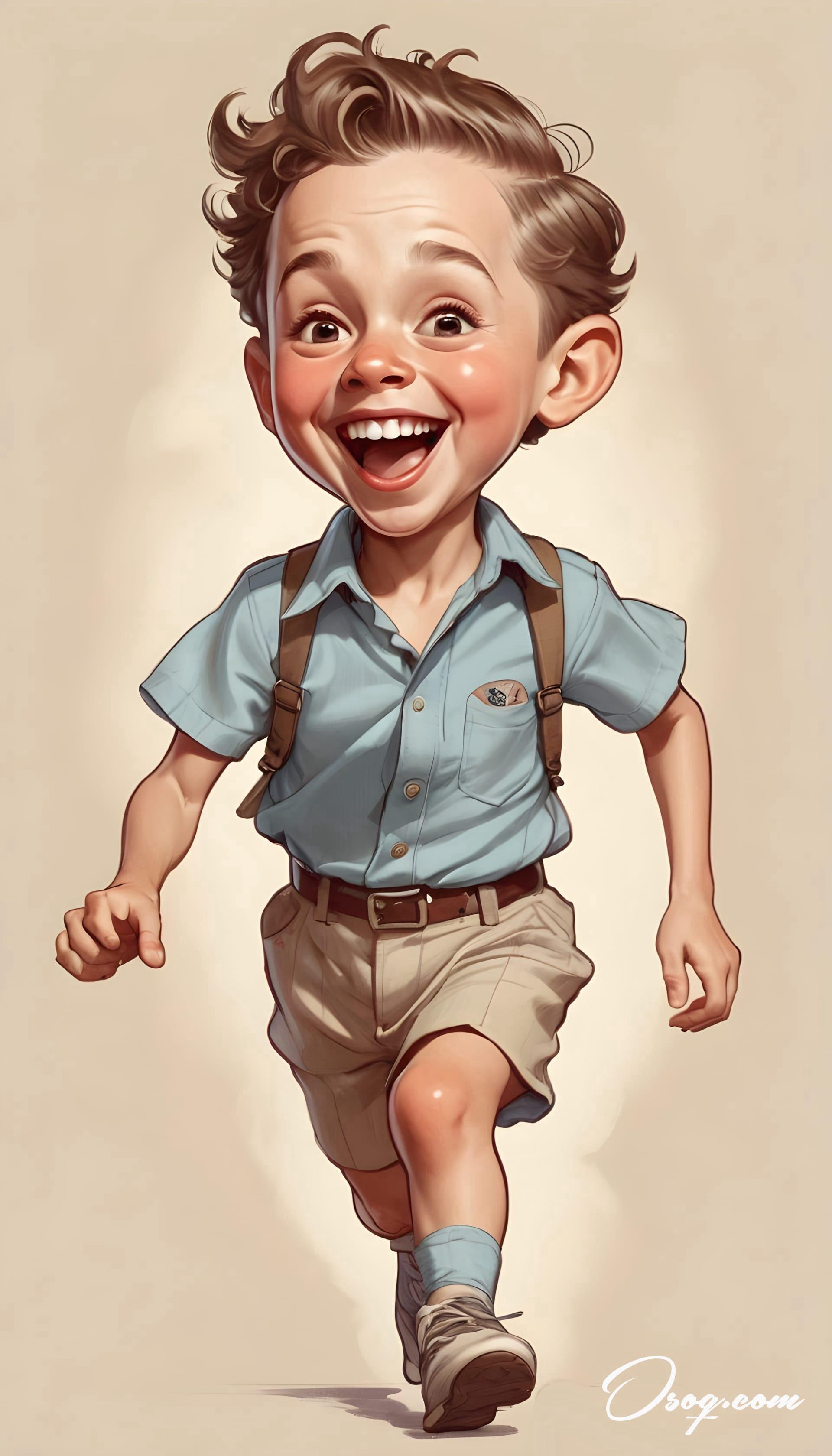
Art galleries have been known to send out press releases for fake exhibitions, sometimes drawing large crowds interested in seeing the bizarre or nonexistent art pieces advertised.
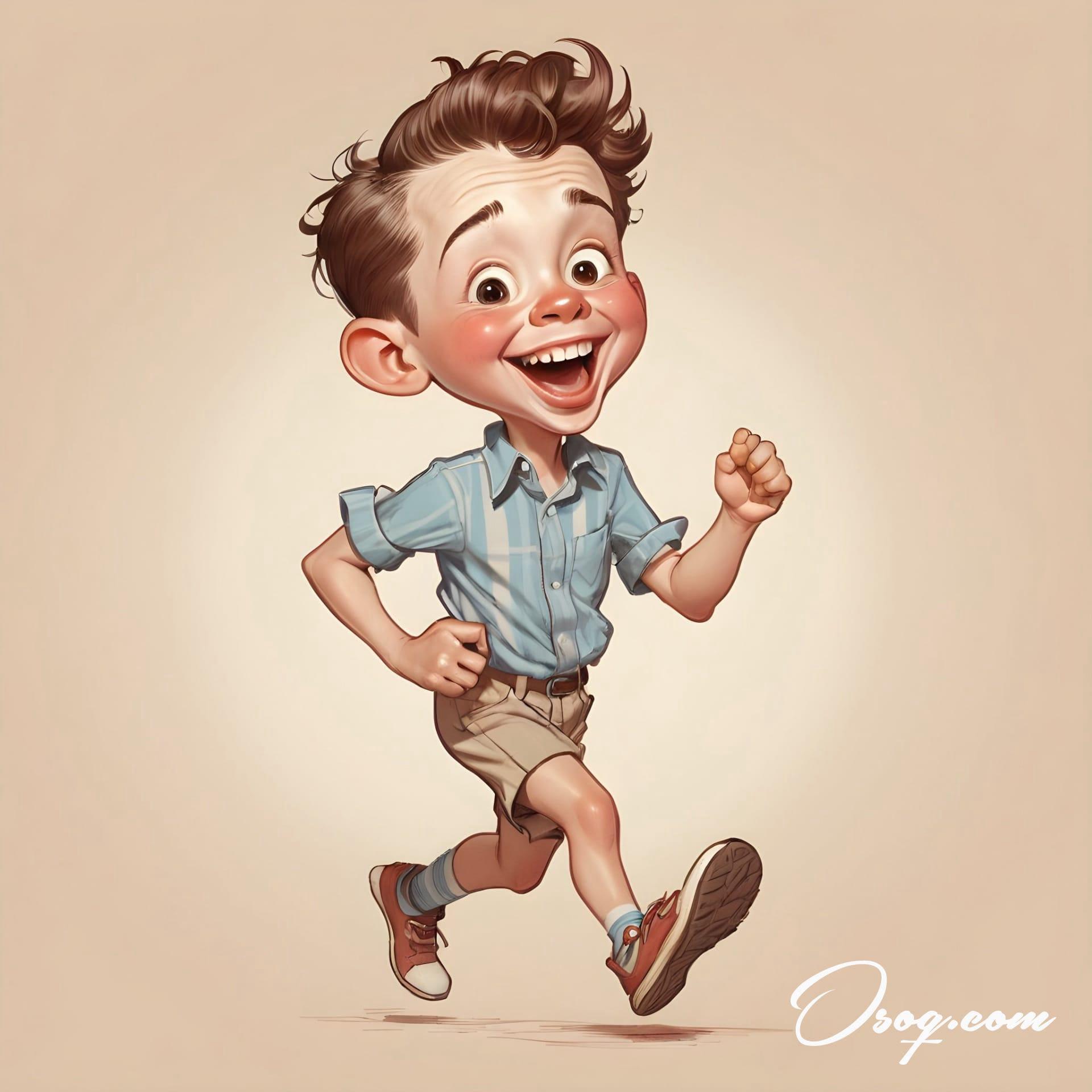
There's a tradition of creating fake art restoration stories, where conservators supposedly "discover" new elements in a classic painting, like an extra Mona Lisa smile, leading to amusing debates among art enthusiasts.

April First Fools Day has inspired artists to create paradoxical pieces that seem to make sense at first glance but are actually impossible, such as M.C. Escher's famous drawings that defy logic.

Animation studios sometimes release trailers for made-up movies or episodes that fans wish were real, playing with their audiences' expectations and desires.

Some art magazines have dedicated their entire April issue to fictional art movements, complete with interviews from made-up artists and critiques of nonexistent artworks, providing a humorous look at the art world.
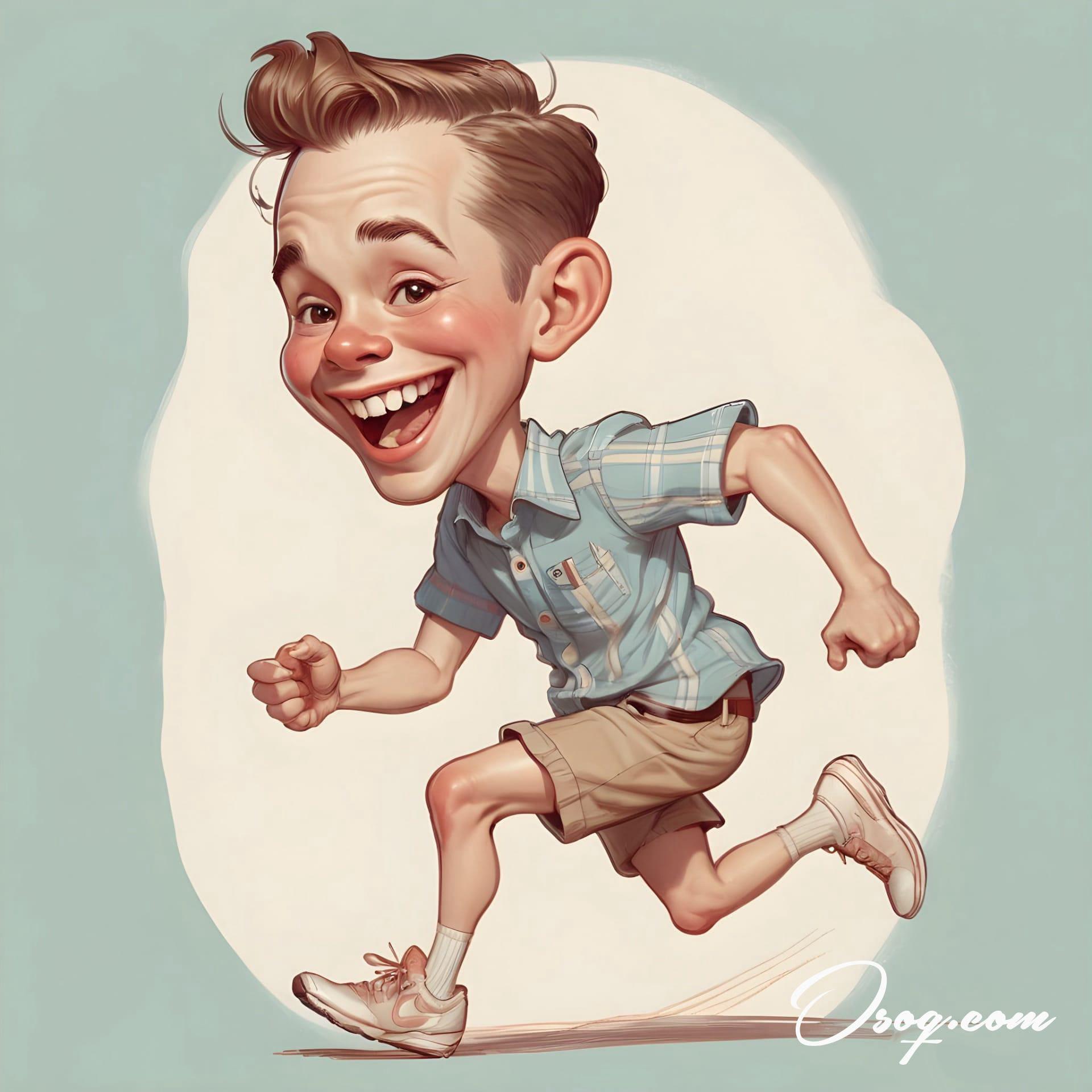
Artificial intelligence has also been used to generate nonsensical art pieces that blur the lines between genuine creativity and computer-generated chaos, making for a modern twist on April First pranks.
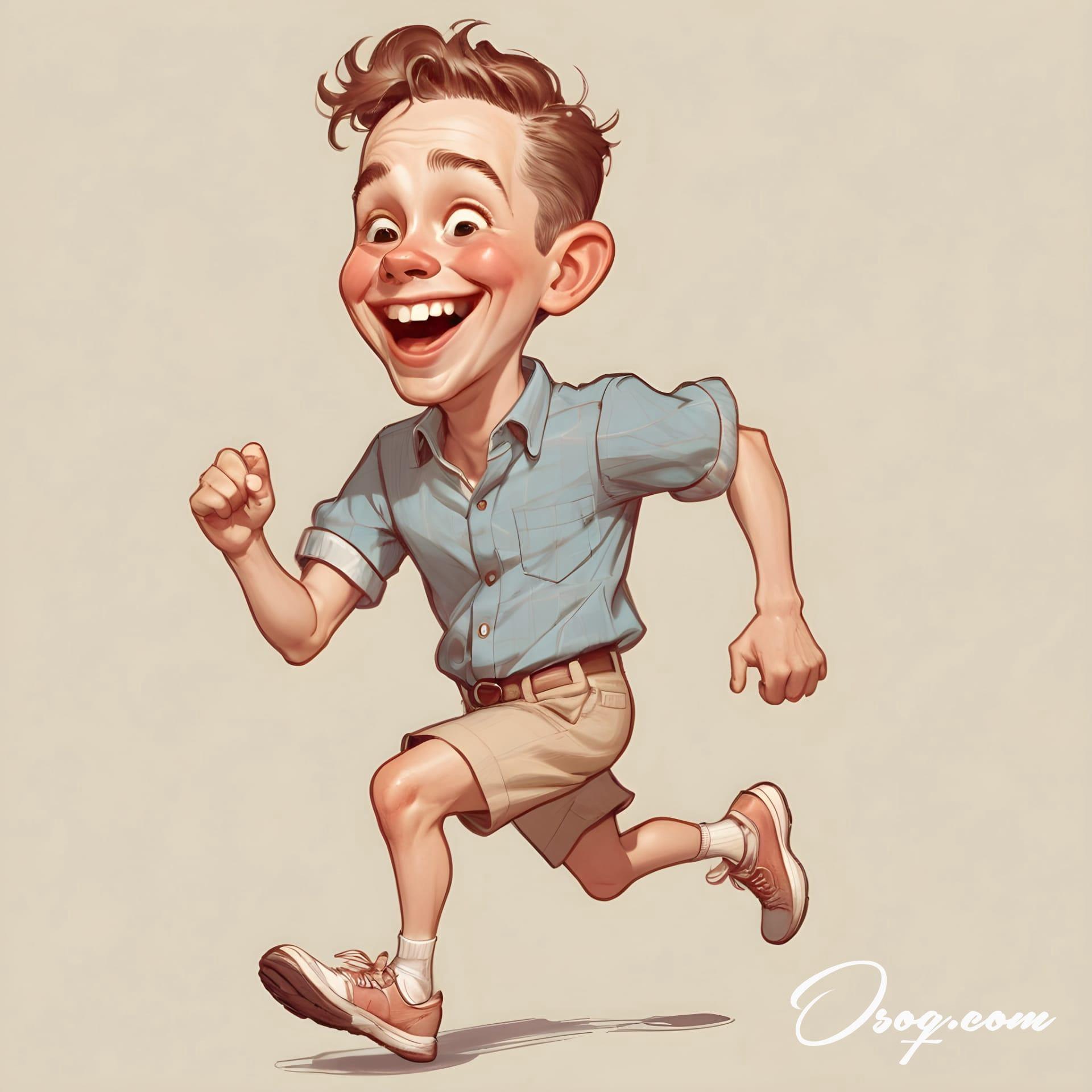
Interactive art pieces have been set up in public spaces, seemingly responding to people's presence in unusual ways, only for it to be revealed that it's all part of the April Fools' Day fun.

Art students have organized mock art auctions, selling "invisible" or "conceptual" art pieces for absurd amounts of money, poking fun at the sometimes esoteric nature of the art market.
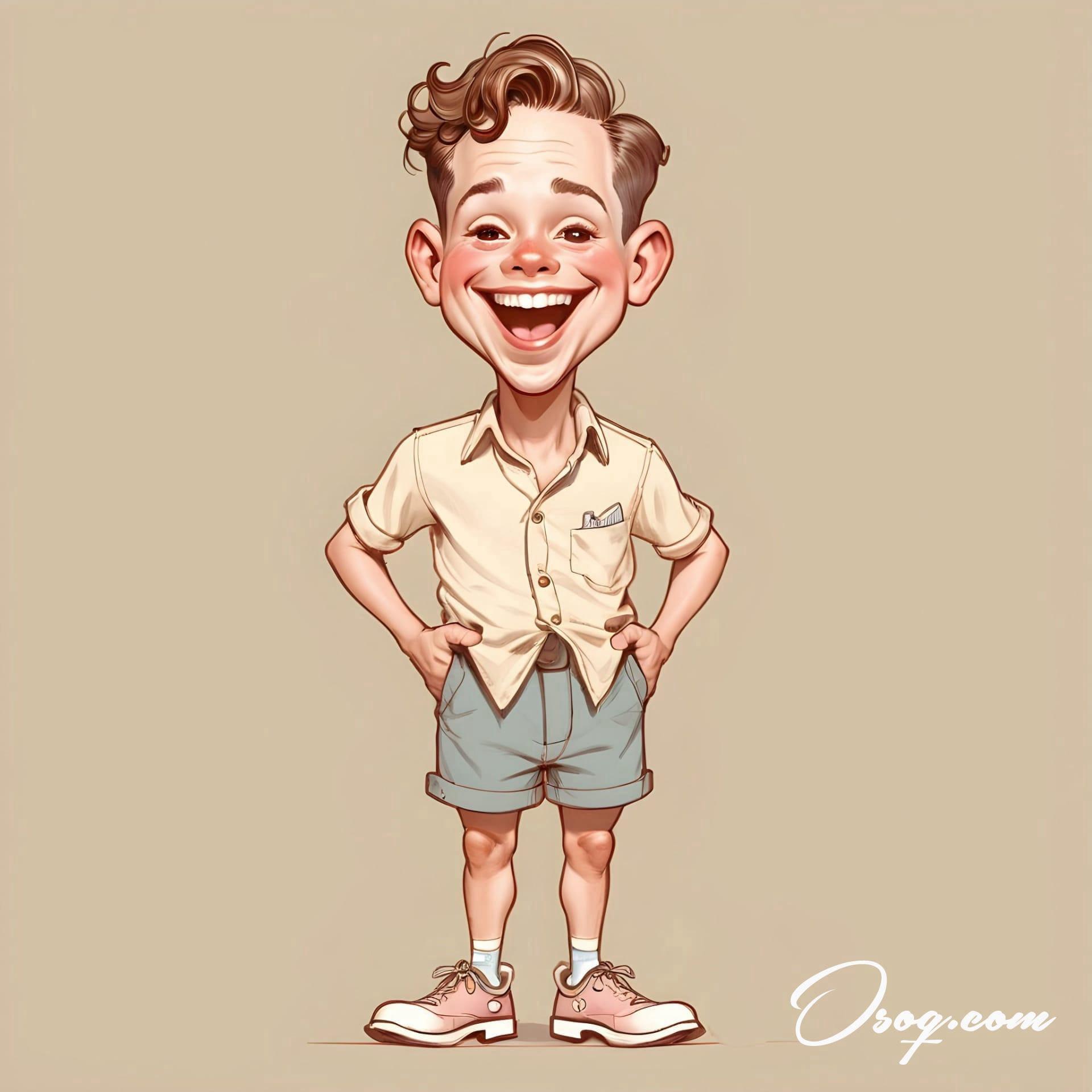
Some cities have gone as far as to announce plans for impossible public art installations, like floating sculptures or buildings, engaging the whole community in the April Fools' Day spirit.
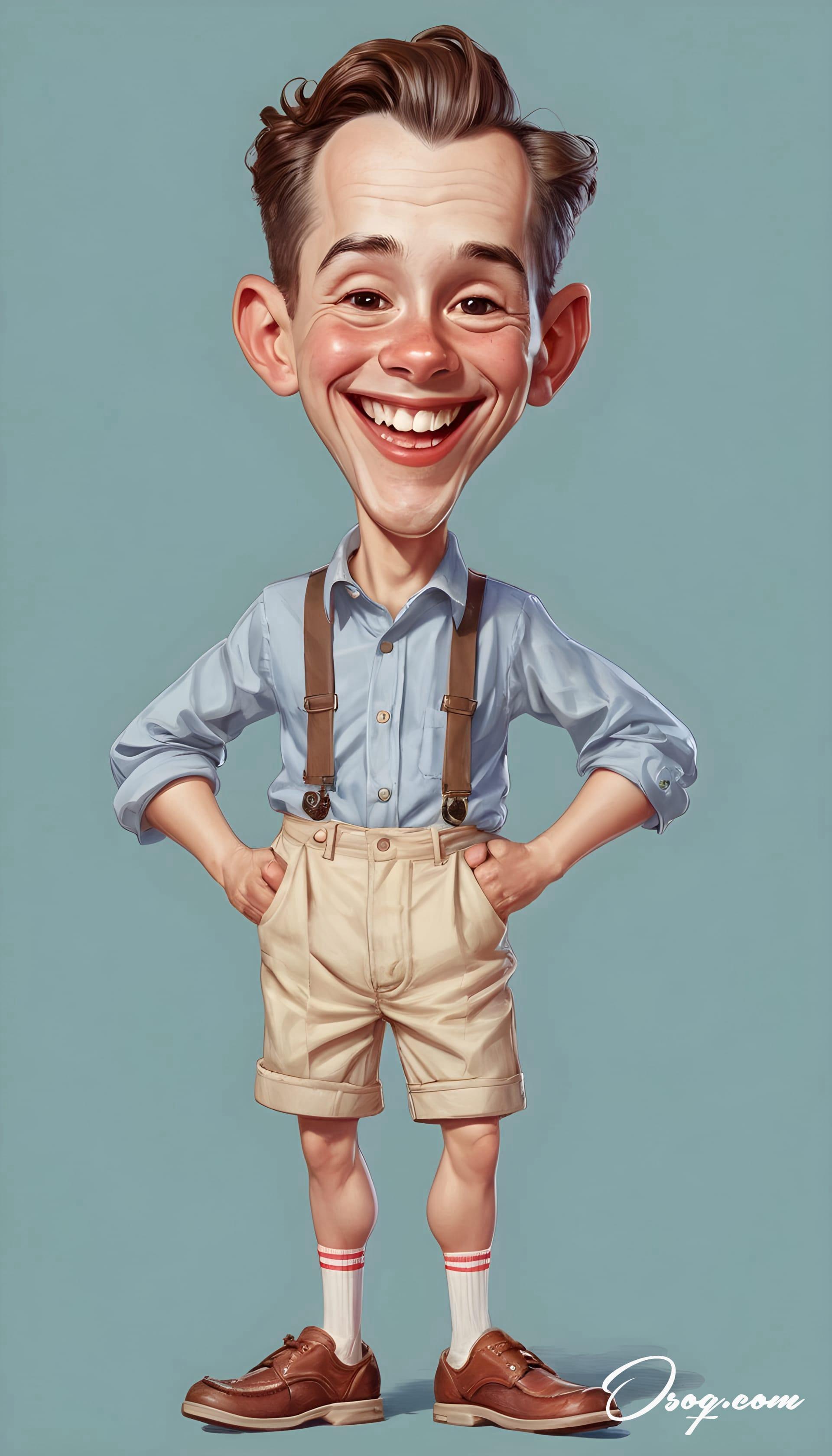
Graphic designers have created convincing mock-ups of outrageous new products or rebrands of well-known companies, leading to bewildered reactions online until the prank is revealed.
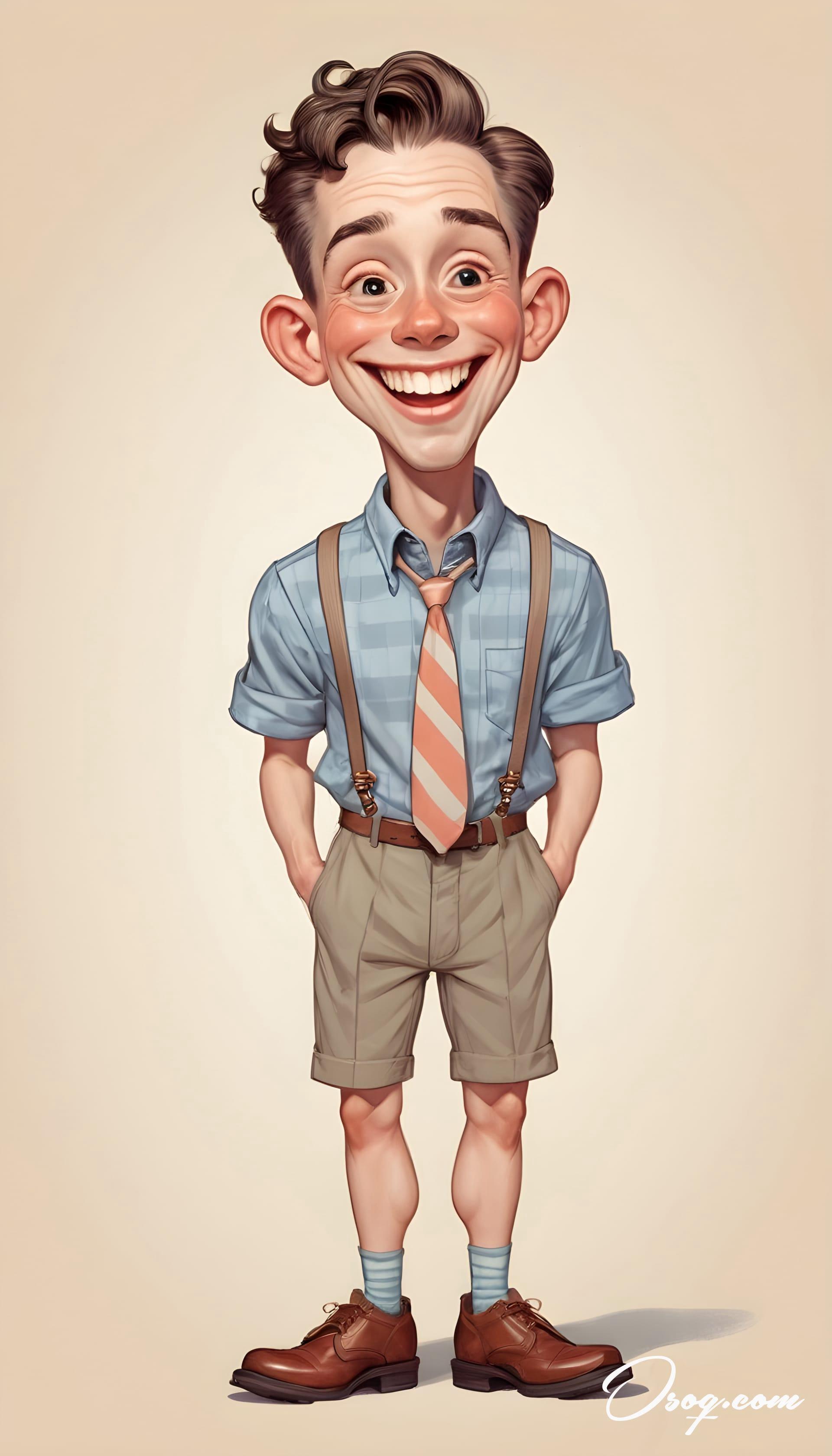
The celebration of April First Fools Day through art highlights the importance of humor and creativity in our lives. It's a reminder that not everything has to be taken so seriously and that sometimes, a good laugh is just what we need.